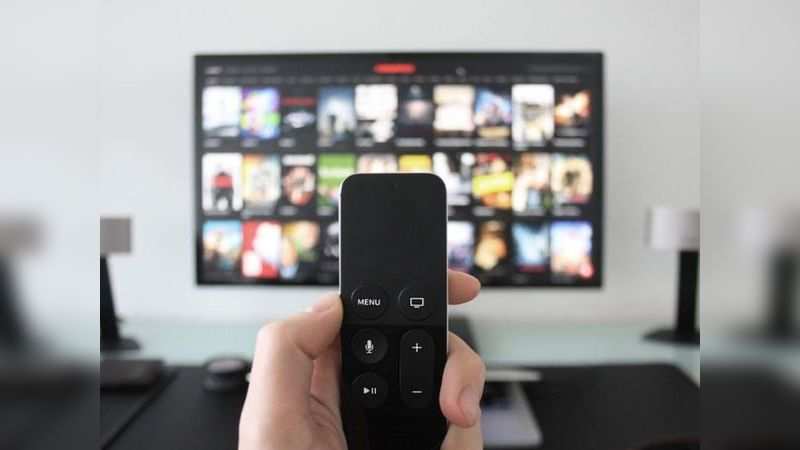by Alexandra
Cable TV services are household names in the world and not only in the United States. However, some other previously used methods are still discussed and raise questions out of curiosity as to how people stay entertained and informed before cable TV.
The first answer even today, when there still are a few regions that don't have access to cable services due to the lack of infrastructure - they rely on satellite services. But when we talk about ordinary TV, that is usually referred to as the antenna on the rooftop of the customer and it got a handful of channels but kept people entertained and informed.
The number of channels, on-demand channels, DVR, and various other features make cable TV services extraordinary and subside all the services before their inception. We would recommend you to have a look at Spectrum channels list to see how they have everything under the sky to keep an entire household fulfilled.
In this article on cable tv vs ordinary tv, we would be discussing how cable TV is different from ordinary. For those who are not familiar with them by definition, we will share some additional details about each to help you comprehend the differences better. So, without further ado, let's see how cable TV and ordinary TV are different from one another:
Cable TV services have been serving people in the United States since the late 1940s. It was a commercial company in the US, which eventually gained significant popularity in the 1950s which is less than 10-years, precisely. Cable TV emerged as a wired TV network that used the coaxial cable to transmit signals to residential and business customers.
It turned out to be a reliable solution for people who can't access the then wireless signals i.e. analog TV or antenna. In the 1960s, FCC (Federal Communication Council) started governing the Cable TV industry, but this regulation was later relaxed in 1972. After that time, the company began to grow and progress at an exceptional rate. Cable TV offers hundreds of TV channels that also include local TV network affiliates. Cable TV also owns the credits of establishing HBO in 1973 as the first Pay-TV Network of the country.

People commonly know ordinary TV as Broadcast TV. In the Ordinary TV network, the signals travel in the form of radio signals. The customers have to mount a dish or antenna over their rooftops to catch these radio signals. It is the actual definition of a broadcast TV. For those who don't know already, broadcast TV receives radio signals from the source TV stations. Ordinary TV networks have been entertaining people since the early 1930s.
They have been evolving with time, but they still can't meet the quality of trending Cable TV services or internet services. But that is due to the technological tools and equipment involved. Cable TV employs the best and latest tools while ordinary TV is lagging because it still relies on ancient methods and tools to deliver the services to its customers.
In the recent past couple of years, TV receivers could only display only 12 channels from Channel 2 to Channel 13. The FCC said that don't renumber the remaining channels and keep the dial from 2 to 12 while skipping Channel 1. TV antennas face interference while transmitting signals by air from the source. This interference reduced the number of channels to only 7. In 1965, FCC stated that every new TV receiver must have a UHF tuner. In this way, it could display TV channels from 14 to 83.
We hope this blog about cable tv vs ordinary tv will help you differentiate cable TV services from ordinary TV effortlessly. There are several methods to stay informed and entertained, but it all comes down to the financial limitations, household preference, and serviceability of the providers in your area.
Not all cable TV service providers are accessible in all the states, therefore, you got to do your homework and compare all the available service providers to make an informed decision. The places where cable TV services are not accessible yet, or too expensive can go for satellite services, ordinary TV a.k.a antenna or streaming services based on personal preference.

About Alexandra
Content creation is my passion and profession. I am an avid reader which basically inspired me to get into writing. I love to read and know about almost everything under the Sun. Apart from spending time writing and reading, I love exploring new places and getting to know different cultures.
 |
 |
 |
 |
 |
 |
 |